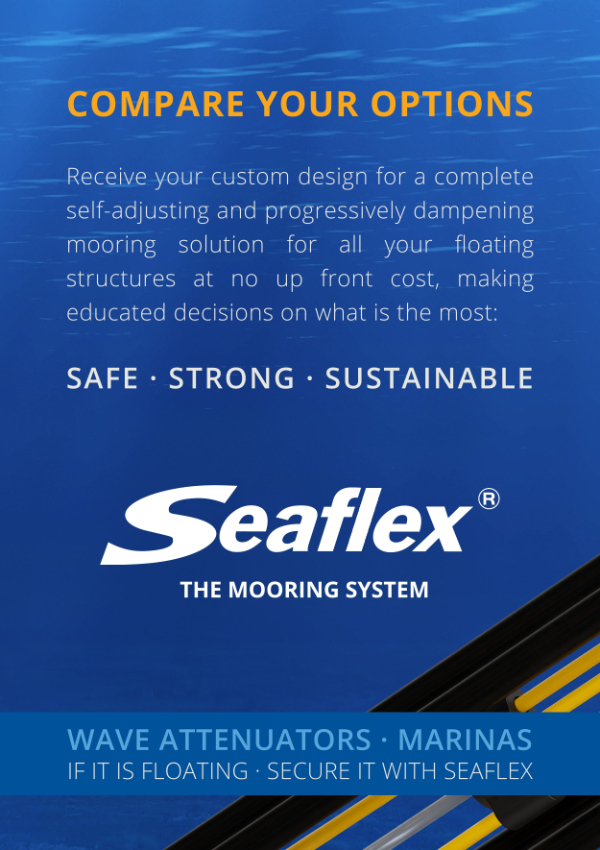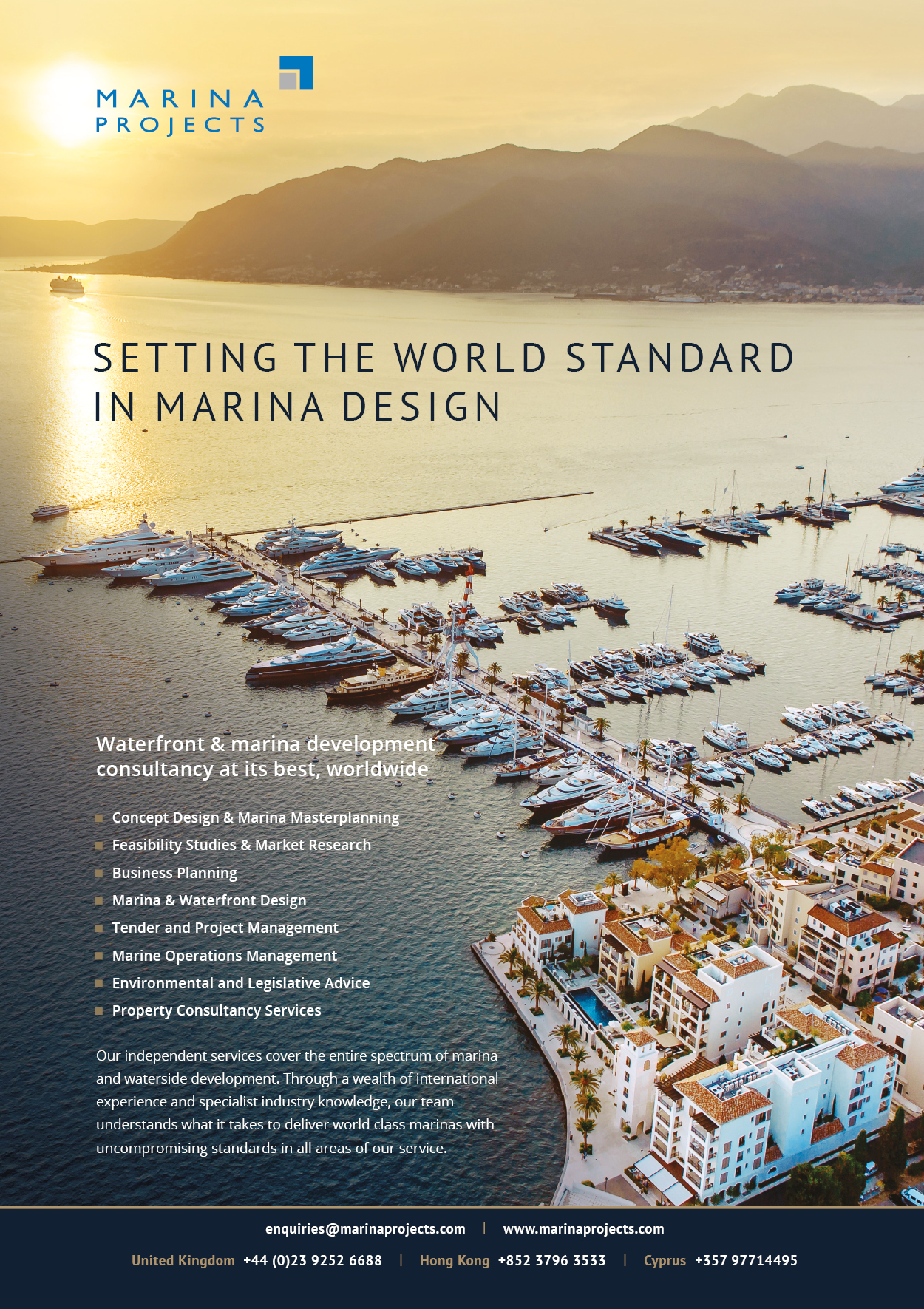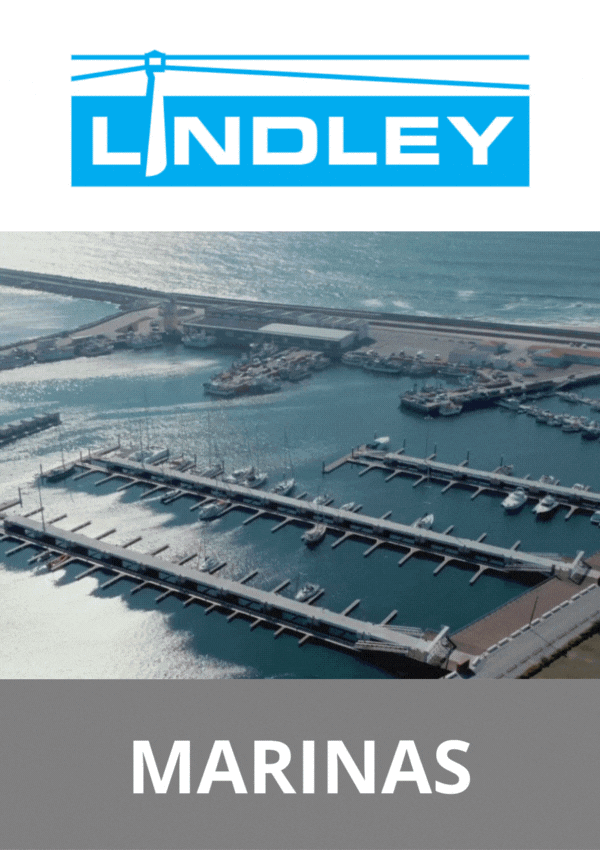Innovation to restore seagrass meadows
The UK-based Ocean Conservation Trust (OCT) has been focused on seagrass conservation for over a decade. Its Blue Meadows Programme, a holistic approach to seagrass protection, regeneration and restoration at scale, aims to protect seagrass meadows that already exist, and over the longer term, restore meadows that have been lost.
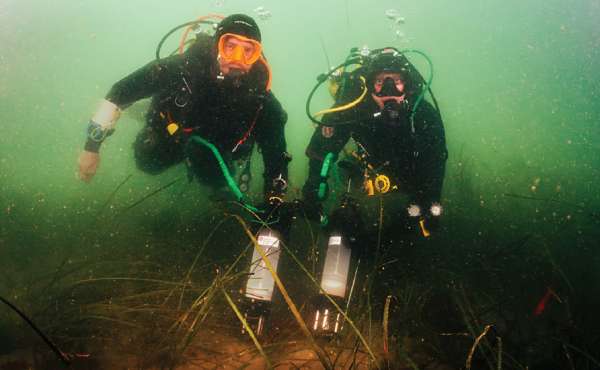
Underwater hydroseeding.
Hydroseeding on land is a planting process to spread seeds rapidly, particularly to help fight erosion. Taking inspiration from this, OCT sought to develop Hydro Marine Seeding (HMS) as a technique to inject seagrass seeds directly into the seabed to restore, on scale, efficiently. To achieve this, the Trust commissioned a local Plymouth-based design team, Absolute Product Design, to engineer a mechanism based on a caulking gun. It was then named OCToPUS (Ocean Conservation Trust o Pressurised Underwater Seeder).
The spring-loaded handheld device is designed for divers to use on the seabed and has a 1.5 litre chamber filled with Zostera marine seeds suspended in a specialised carrying media. One OCToPUS unit can be used to inject 2,000 seagrass seeds in under 20 minutes, in just one dive, by one diver.
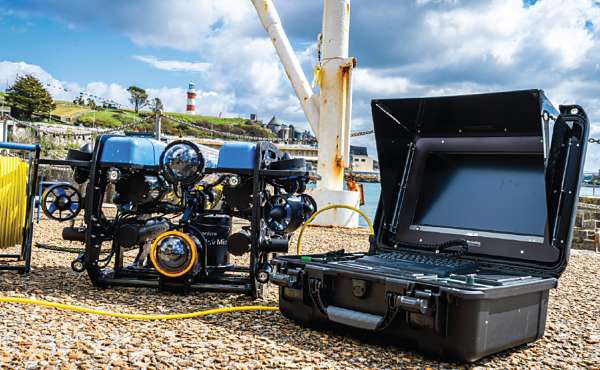
The specialist ROV that helps map and monitor sensitive habitats.
Amelia Newman, seagrass aquaculture technician lead at the OCT, said: “We focus entirely on subtidal seagrass, and with that there are a variety of additional challenges that come with working below the waves. So, we are really excited to be at this stage with our new device and starting to see how it could revolutionise the way OCT goes about restoring this vitally important habitat. We are so grateful for the support of one of our key partners, Ørsted, and the engineers at Absolute Product Design, who have been fundamental in the development of this innovative device.”
Samir Whitaker, biodiversity lead specialist at Ørsted, noted: “Seagrass meadows are highly efficient carbon sinks which improve water quality and provide food and shelter to numerous important species, such as sand eel and herring. The UK has lost up to 90% of its seagrass, but groups like the Ocean Conservation Trust have shown that we can bring it back. Restoring seagrass efficiently, and quickly, is imperative to tackling the biodiversity-climate crisis and Ørsted is delighted to have supported the development of HMS OCToPUS. We firmly believe that a combination of collaboration and innovation will be key to achieving real progress in biodiversity protection, preservation and restoration.”
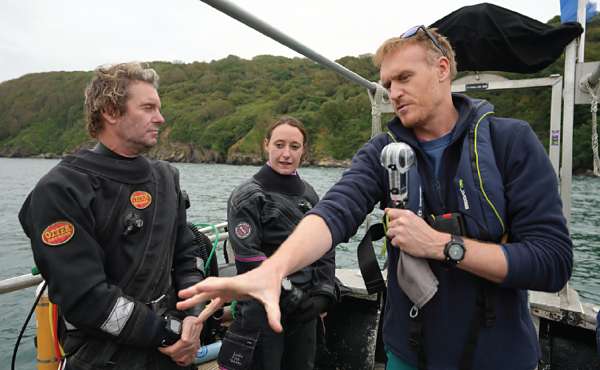
Mapping and monitoring of sensitive habitats like seagrass in the marine environment is challenging and the ROV is a tool that will enable OCT to map seagrass in unprecedented detail. Using state-of-the-art underwater positioning technology, the ROV is capable of producing high-resolution photogrammetry to track restoration efforts and monitor established beds. By also using other exciting complementary acoustic technologies, the OCT is aiming to demonstrate a more comprehensive way of mapping and monitoring seagrass, to support its restoration activities. The ease and precision of repeatability that should be achieved with this technology will also enable the OCT to much better understand seasonal and annual change in the seagrass meadows.
“To be able to look at seagrass in this way is hugely exciting for us as a team – we’re very fortunate to spend a lot of time in and on the water but this technology promises a much more accurate, detailed and efficient way we can monitor some of the main metrics of seagrass health,” said Andy Cameron, conservation projects manager at the OCT. “This also means we can use divers differently for things the ROV can’t do. We’re so grateful for Sonardyne’s help to take a huge step forward in our capabilities to monitor, which will ultimately feed into improving how we go about restoring seagrass.”
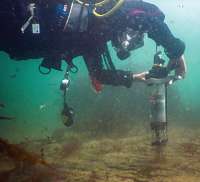
Mark Parry, head of ocean habitat restoration at the OCT summed up: “We are dedicated to protecting and restoring seagrass meadows in the southwest and beyond, so it is thrilling to see how we can build upon our efforts with these exciting devices and technologies. It is great to be working with a team of passionate people at the OCT who think outside the box, as well as receiving support from our partners and local organisations to help us conserve these vitally important habitats.”
Further information:
www.oceanconservationtrust.org

